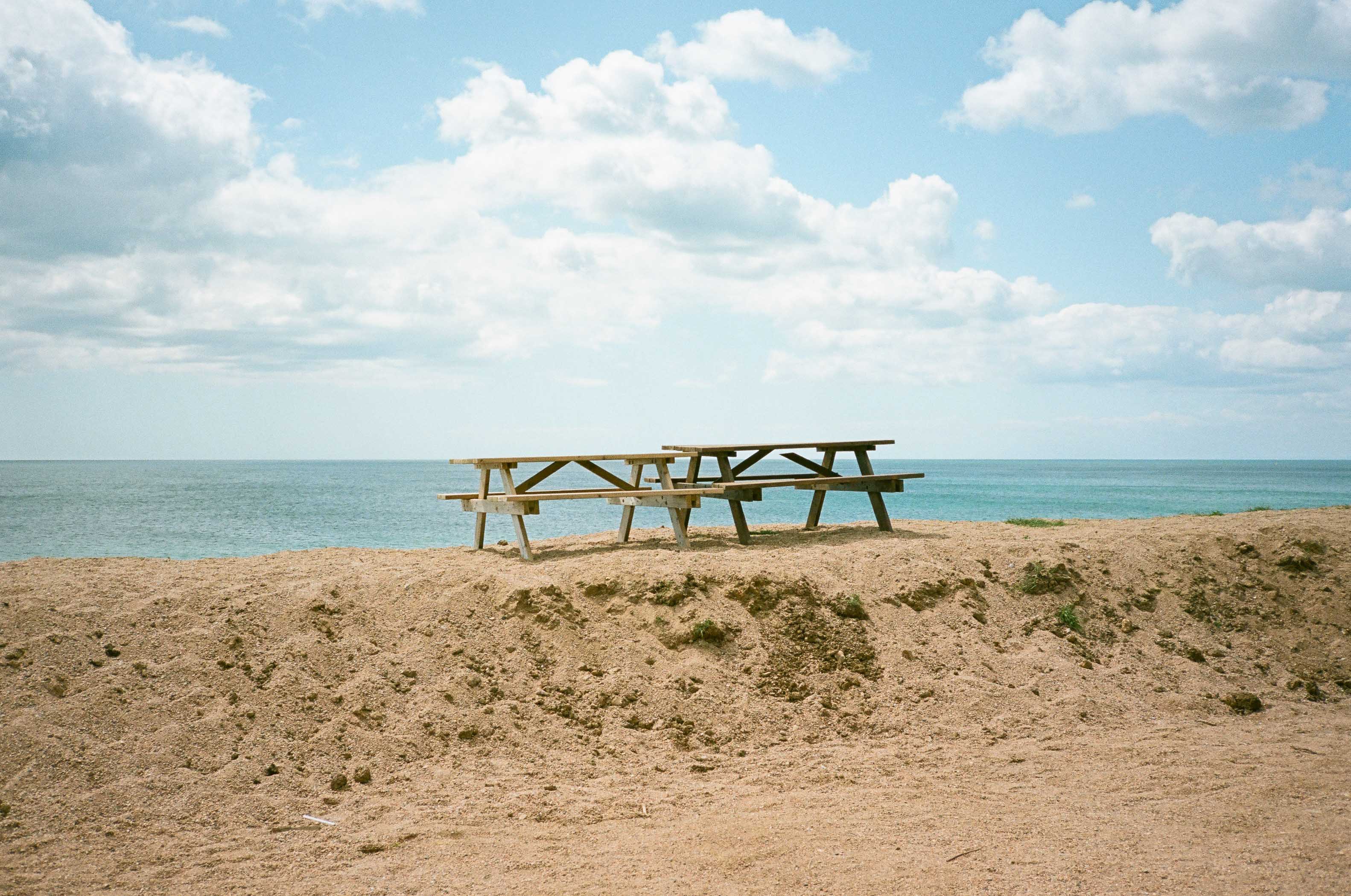
Review: Yashica T4 Cult Point-and-shoot Film Camera
Published 30 October 2025 by MPB
The Yashica T4 is a legendary point-and-shoot film camera with a cult following, favoured by both famous and infamous professional photographers. Following in their footsteps, MPB’s Connor Redmond has taken the Yashica T4 everywhere he goes, putting it through its paces. He tests the mythical Carl Zeiss Tessar lens, autofocus, the flash capabilities, other similar alternative options and sample images shot on a variety of film stocks, including Kodak Portra 160, Kodak Gold 200, Kodak Ultramax 400 and Ilford Delta 100.
Have you ever wished for a camera that just gets it right every time? One that captures great photos without the fuss of adjusting exposure or fiddling with settings? A camera you can simply point, shoot and scoot. That dream camera exists, and it’s called the Yashica T4.
Oh, the Yashica T4, the first true point-and-shoot film camera I have fallen in love with. It’s a camera from 1990 that continues to impress me. It was built by Kyocera from Japan under their Yashica T series, in collaboration with Carl Zeiss, who designed the much-praised lens. And it is that spectacularly sharp 35mm f/3.5 Carl Zeiss lens on the Yashica T4 that really makes it, in my view, one of the best compact film cameras of all time.
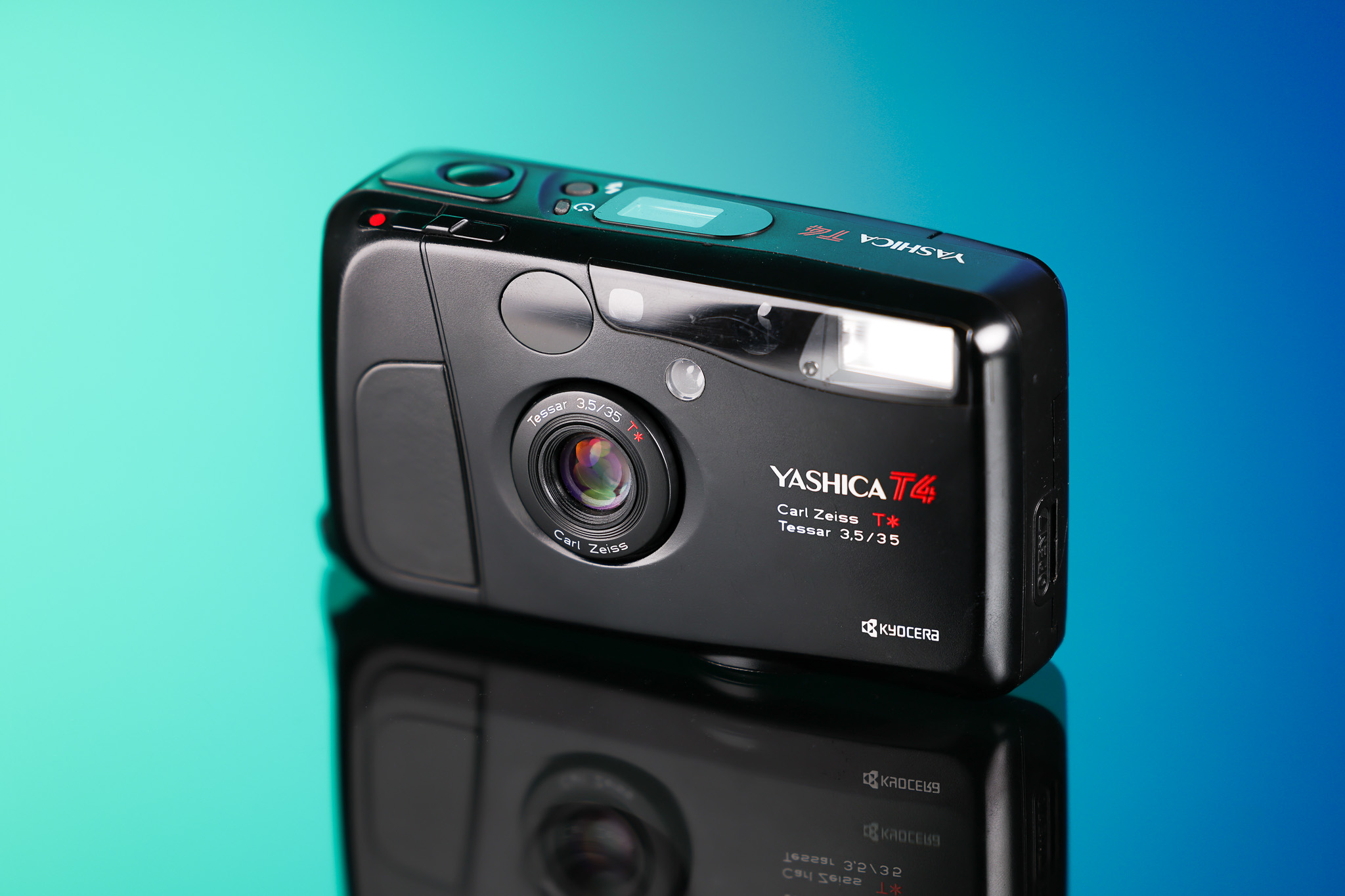
Used Yashica T4
Yashica T4 Specs
Exposure | Auto-exposure | |
Lens | Carl Zeiss Tessar 35mm f/3.5 | |
Autofocus | 3-point, Infrared | |
Flash | Yes, integrated | |
Shutter | 1s - 1/700 seconds | |
Film speeds (DX Coded) | ISO 50 - 3200 | |
Battery | CR123A | |
Size, mm | 16.5 x 63.5 x 37 | |
Weight, g | 170 | |
Released | 1990 |
Pros
Pocket-sized, very lightweight
Fuss-free auto point-and-shoot style
Exceptional 35mm Carl Zeiss lens
Reliable focus
Cons
No exposure control
Lens not protruding is a common issue
Light leaks can be an issue
Quick Verdict
The Yashica T4 receives a lot of hype. And, it is justified. While many compact film cameras of its era suffered from poor quality lenses, the Carl Zeiss Tessar 35mm f/3.5 lens is what separates the Yashica T4 from the rest of the pack, only bested by the Contax T2 and maybe Nikon 35Ti. But those two cameras are now obscenely priced. So, for my money, the best point-and-shoot 35mm film camera you can buy remains the Yashica T4.
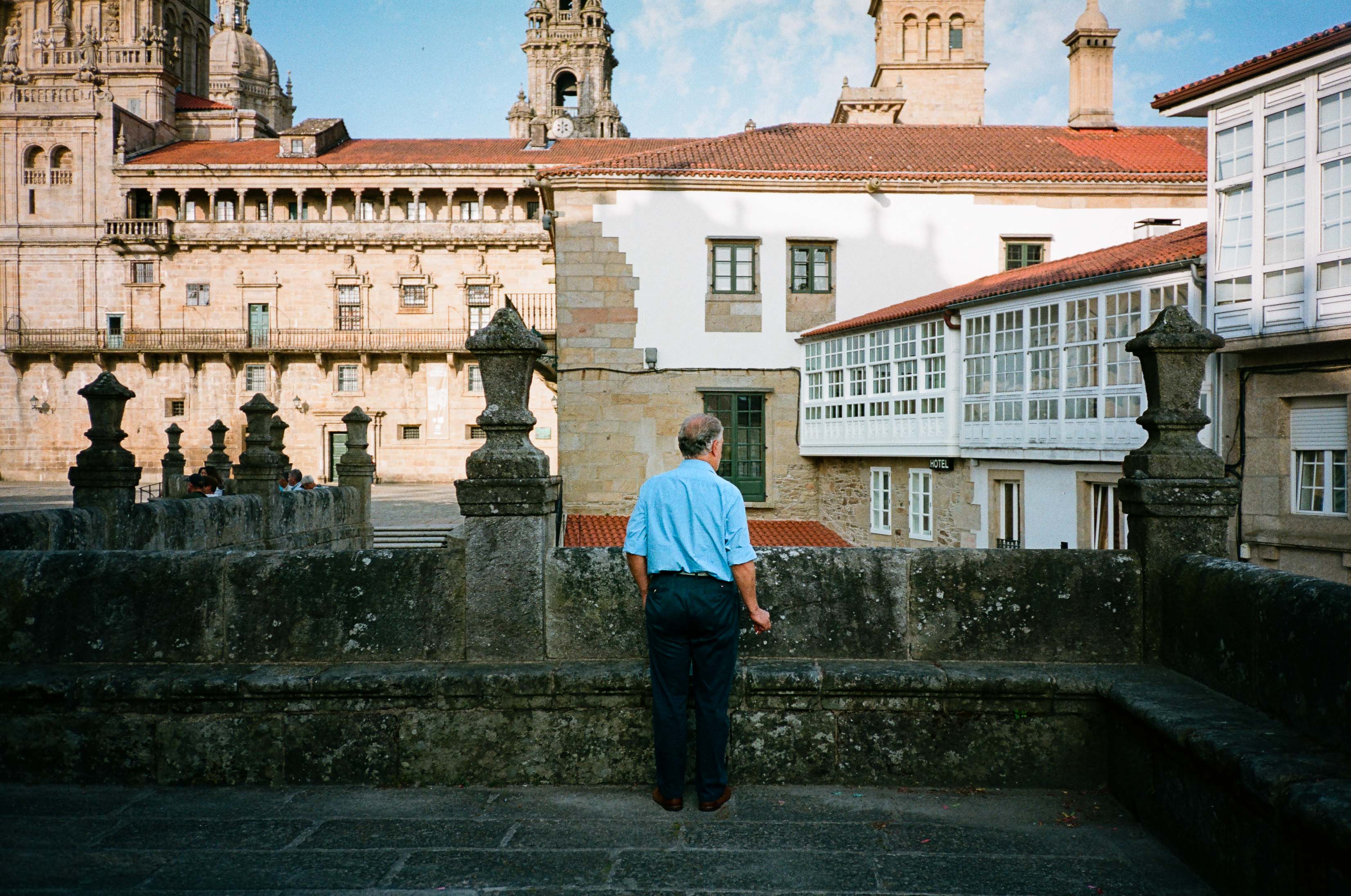
Connor Redmond | Yashica T4 | 35mm | Kodak Portra 160
Bottled Lightning: The Incredible Carl Zeiss Tessar 35mm f/3.5 Lens
Let’s get straight into why the Yashica T4 is still so popular. You’ve probably been told about its gorgeous, tiny lens. It uses a classic focal length of 35mm and was designed by the magicians at Carl Zeiss, who have a long history of creating exceptional optics.
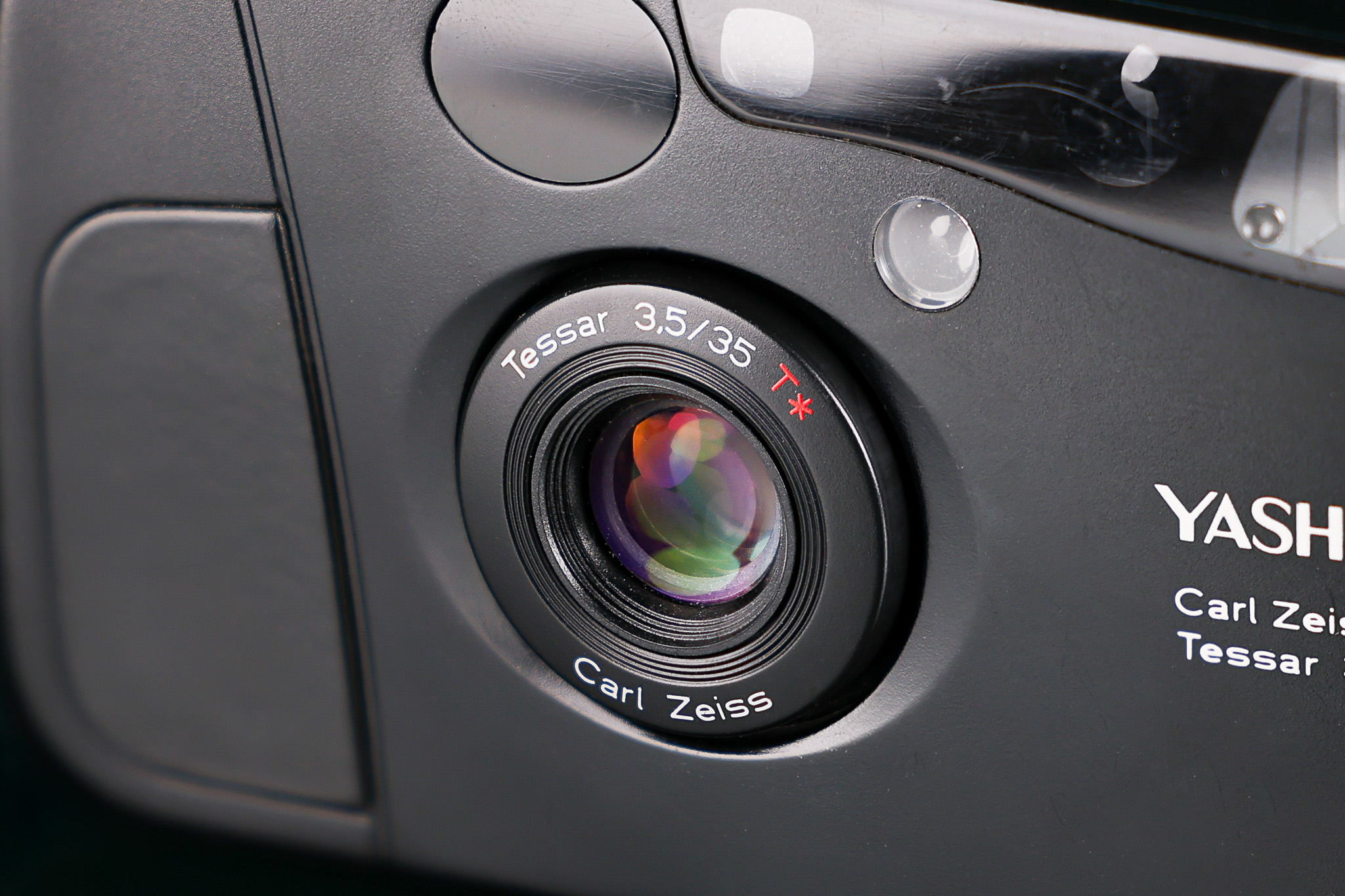
You may notice something different about the lens on the Yashica T4, though. “What is that?”, I hear you cry? Unlike many other compact film cameras of the time, it lacks an f/2.8 aperture. They deliberately designed the lens to be optimised at f/3.5 rather than the usual f/2.8, and in my opinion, it was a brilliant decision. Yes, it does mean that we lose a little speed and light-gathering ability, but we gain increased sharpness, rendering images even wide open crisp and sharp.
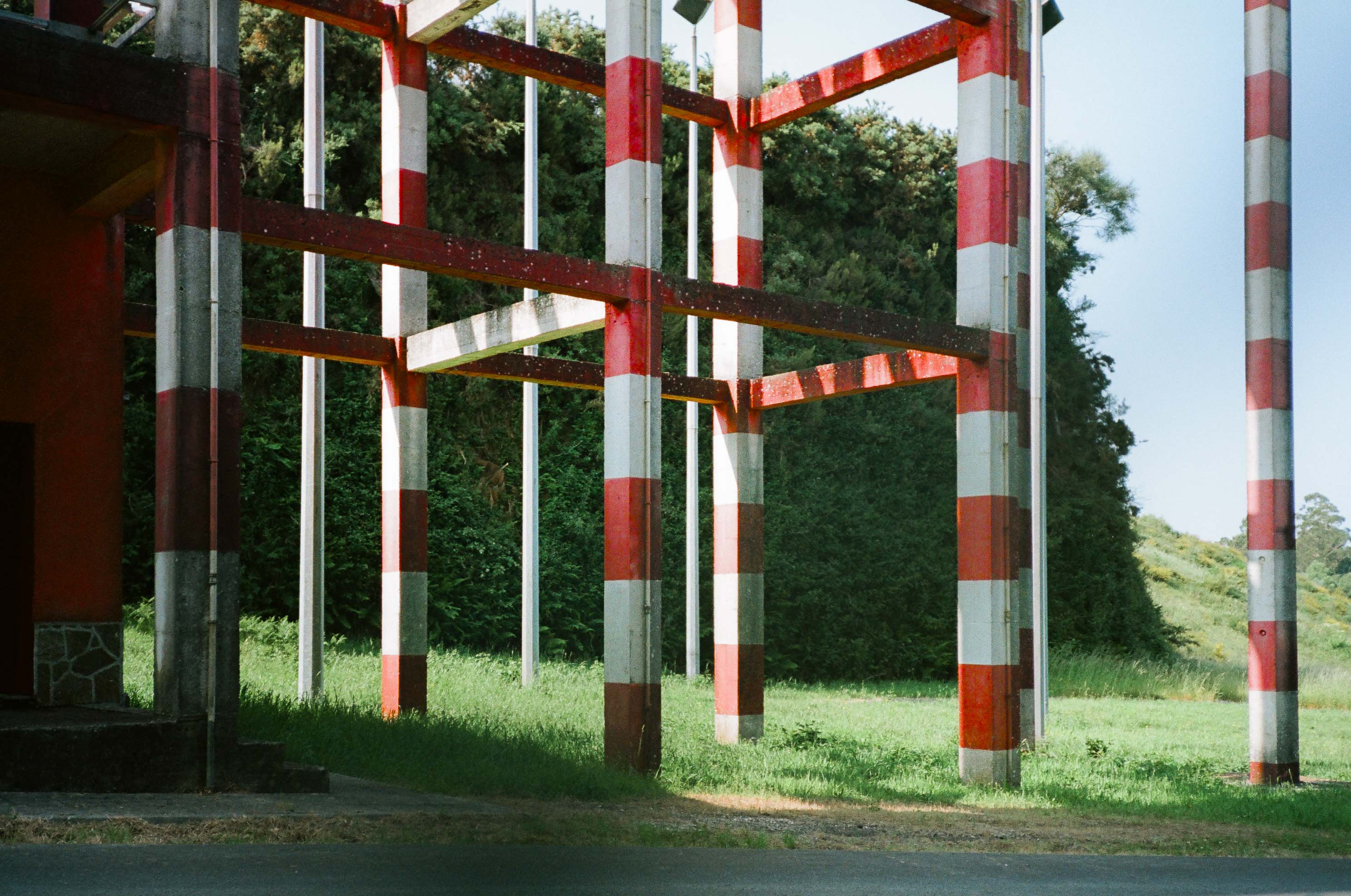
Connor Redmond | Yashica T4 | 35mm | Kodak Portra 160
The Yashica T4 has another trick up its sleeve that you may not be aware of. Its focusing distance is just 35 cm, so you can shoot subjects close and blur out that background to your heart's content.
Autofocus
I have generally found the autofocus on the Yashica T4 to be solid. If there is one thing a point-and-shoot camera has to get right, it is the autofocus; otherwise, it dulls the point of that carefree style of shooting.
The camera uses three autofocus points. When you look through the viewfinder, you will see a middle focus point and two on either side. The autofocus is not particularly fast but it is not lumbering either. Half-press the shutter and wait for the green light to appear, which means focus has been locked.
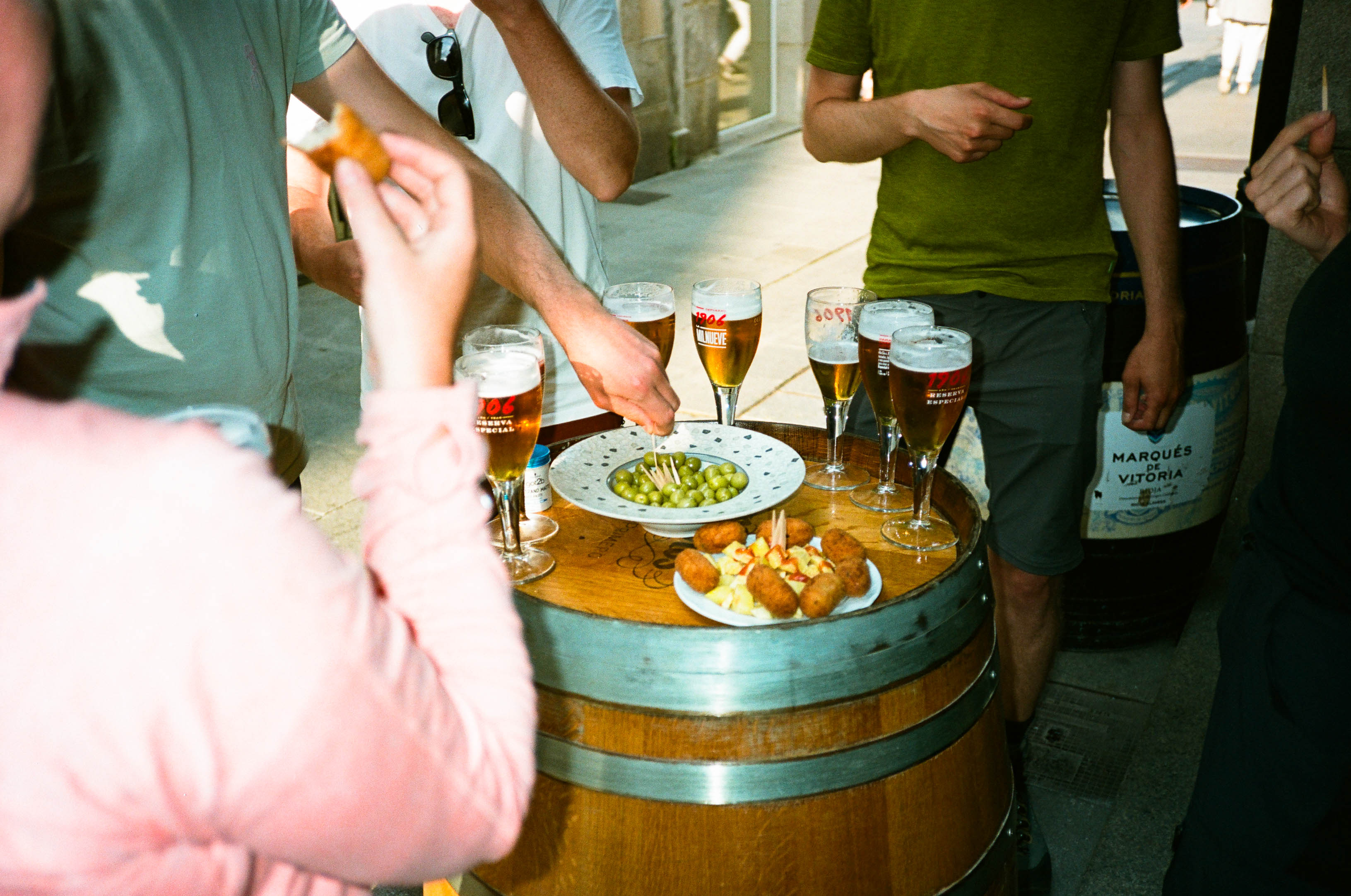
Connor Redmond | Yashica T4 | 35mm | Kodak Portra 160
I tend to use the centre point as the focus and keep my compositions simple, but if you want to place your subject elsewhere in the frame, you just focus on it and recompose. Easy.
I am confident in its autofocus abilities now, which is saying something —I have owned the Olympus mju-II and other compacts, and my hit rate from those cameras leaves a lot to be desired.
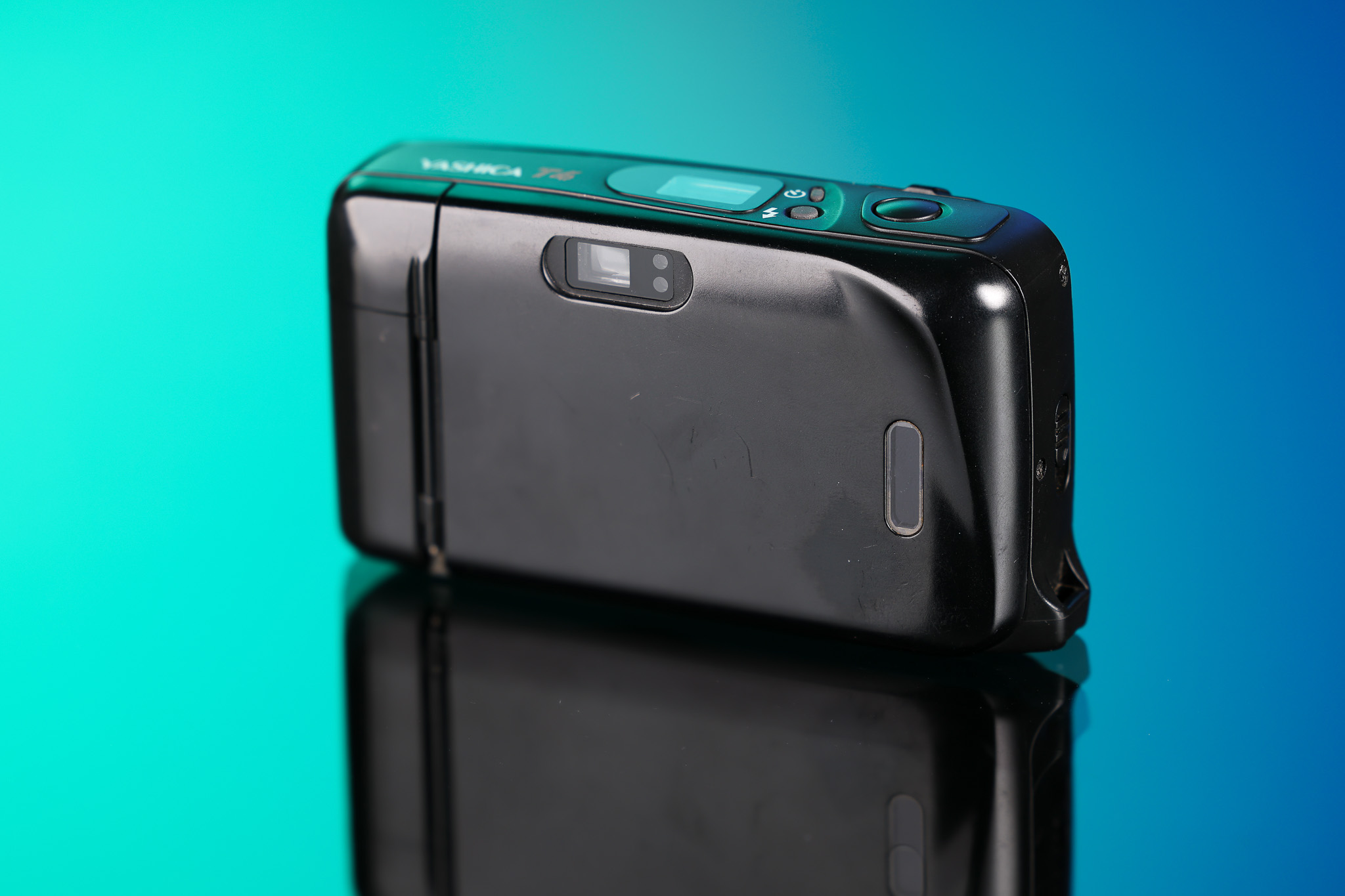
Design and Handling
The jury is split on whether the Yashica T4 is a good-looking camera or not, though I fall into the "hell yeah, I love the boxy design" camp. It is made of plastic, and that is a bit of a shame; they do get scuffed up quite easily. But the overall build quality is solid.
The Yashica T4 is small and actually pocketable, which elevates the camera when you consider its other qualities. I enjoy pocketing it into a belt holster like an old cowboy would holster his revolver, but instead of shooting people at the saloon, I shoot pictures of people at the bar.
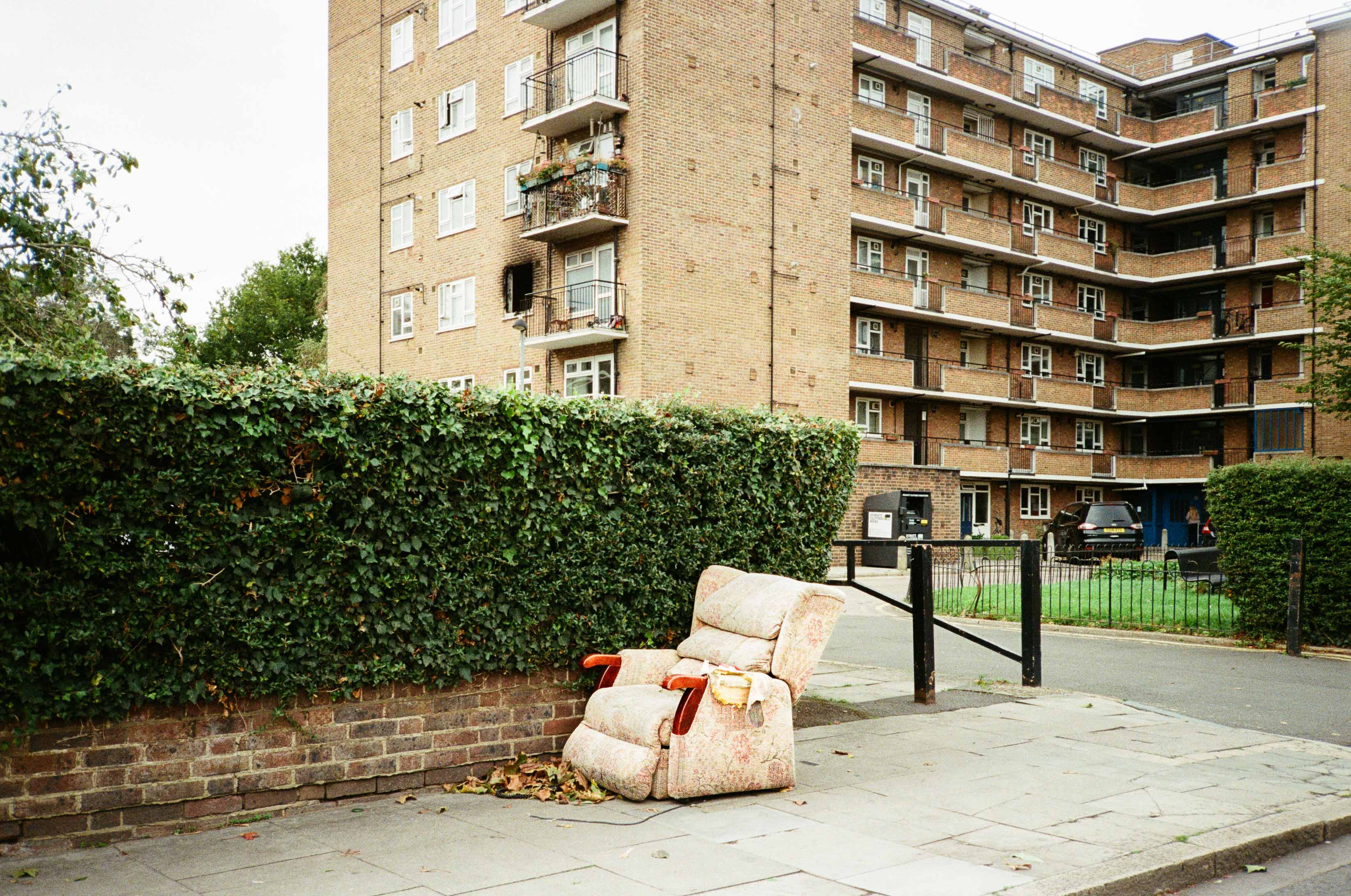
Connor Redmond | Yashica T4 | 35mm | Kodak Portra 160
I like simplicity when taking photos. The Yashica is almost too simple a camera. It has three buttons—the shutter, the self-timer and the flash control—chef’s kiss. What else do you need, really? Tip: There is no weather-proofing or protection on the Yashica T4, so I wouldn’t recommend taking it out into the rain.
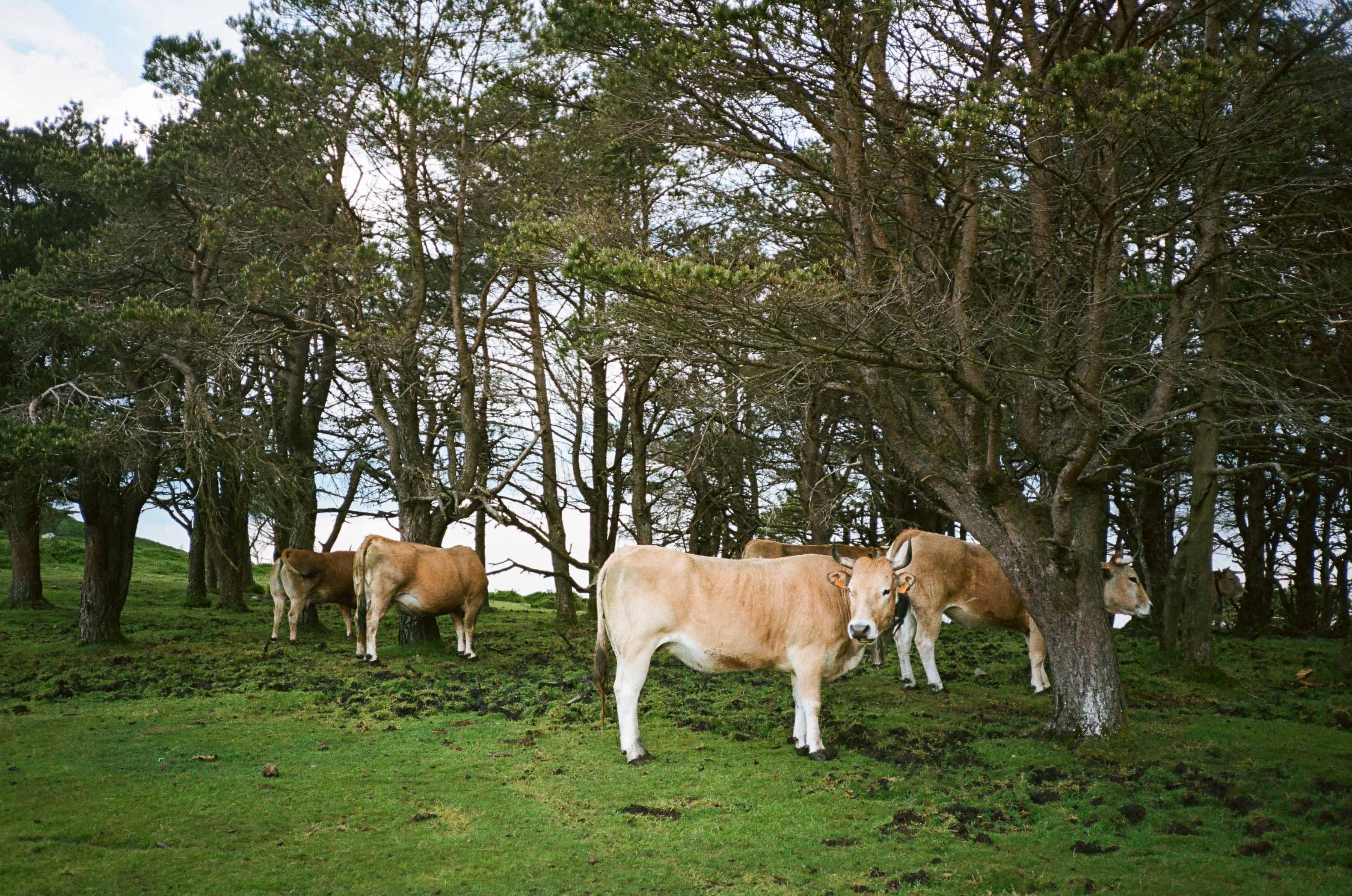
Connor Redmond | Yashica T4 | 35mm | Kodak Portra 160
Flash, Exposure and Light Metering
Being a point-and-shoot camera, the Yashica T4 is purely auto. There are no exposure controls. No exposure compensation or manual mode here. Which would be scary—if the auto exposure wasn’t so good.
Metering on the Yashica T4 is remarkably accurate. I have never really noticed it over- or underexposed. It handles dynamic scenes well, and paired with the superior dynamic range of film when exposed correctly, it is no wonder this camera became so sought after by professional photographers.
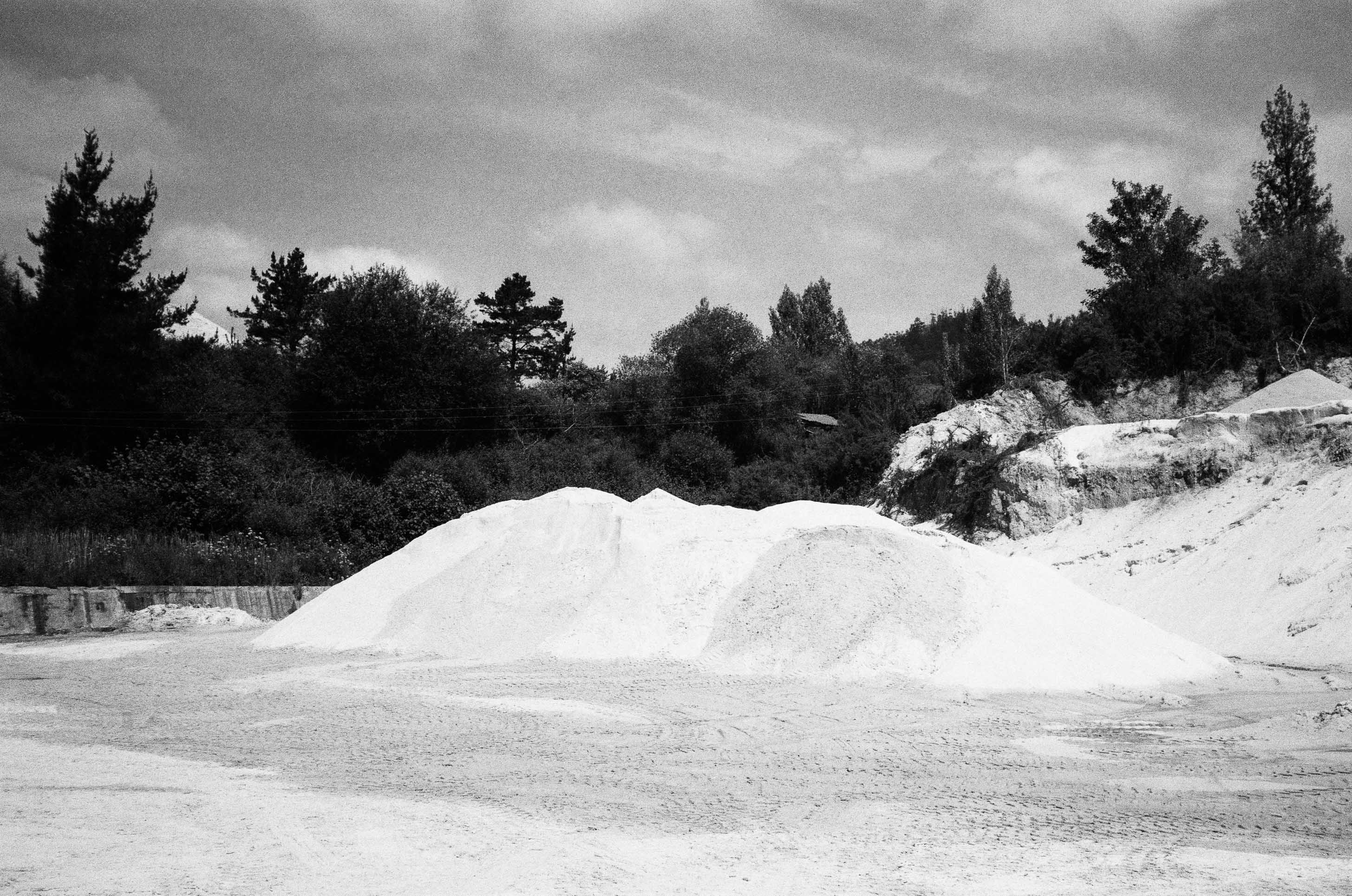
Connor Redmond | Yashica T4 | 35mm | Ilford Delta 100
The built-in flash on the Yashica T4 is always handy. The camera is fairly aggressive in when it decides to use the flash but I don’t mind that as I trust its metering ability. You can turn the flash off, though, if you wish.
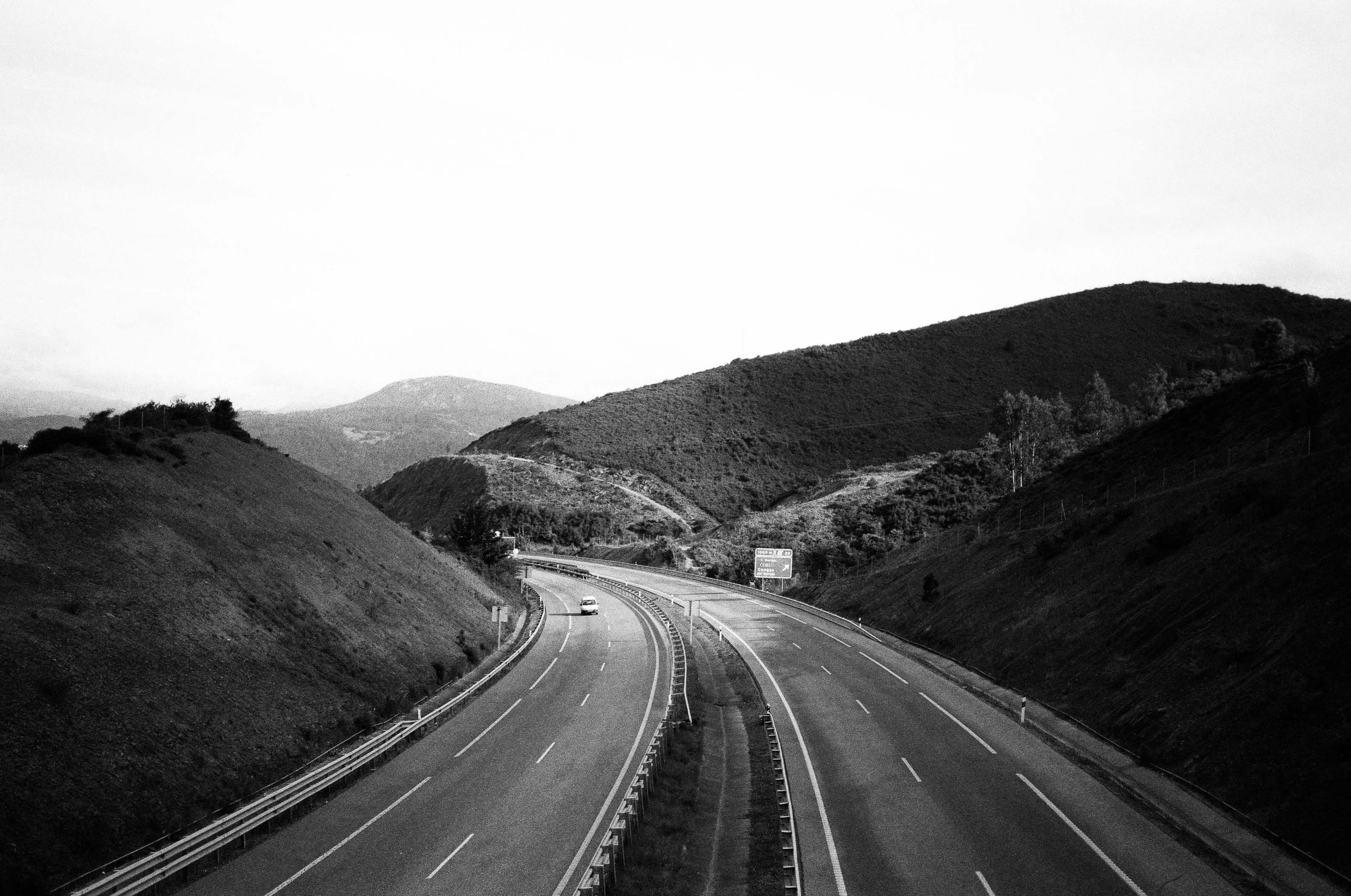
Connor Redmond | Yashica T4 | 35mm | Ilford Delta 100
Common issues with the Yashica T4
Enough gushing. There are some negatives regarding the Yashica T4, and a few common faults you should be aware of.
Light leaks are not uncommon problems with the Yashica T4, but are also an issue with all compact film cameras.
A lens that doesn’t protrude can be an issue; this actually happened to the first Yashica T4 I owned. When turned on, the lens did not protrude from the camera body as it should have. Or if it did, it didn’t protrude enough and affected the focus.
A dusty viewfinder has been reported as a fairly common occurrence on the Yashica T4. Since it is not weather-sealed, I would advise keeping the camera protected in a belt or pocket.
Inevitably, you will encounter issues with electronic film cameras that are over 30 years old. Using one will always come as a bit of a risk, as repairs are expensive. Just something to think about.
Yashica T4 Sample Photos
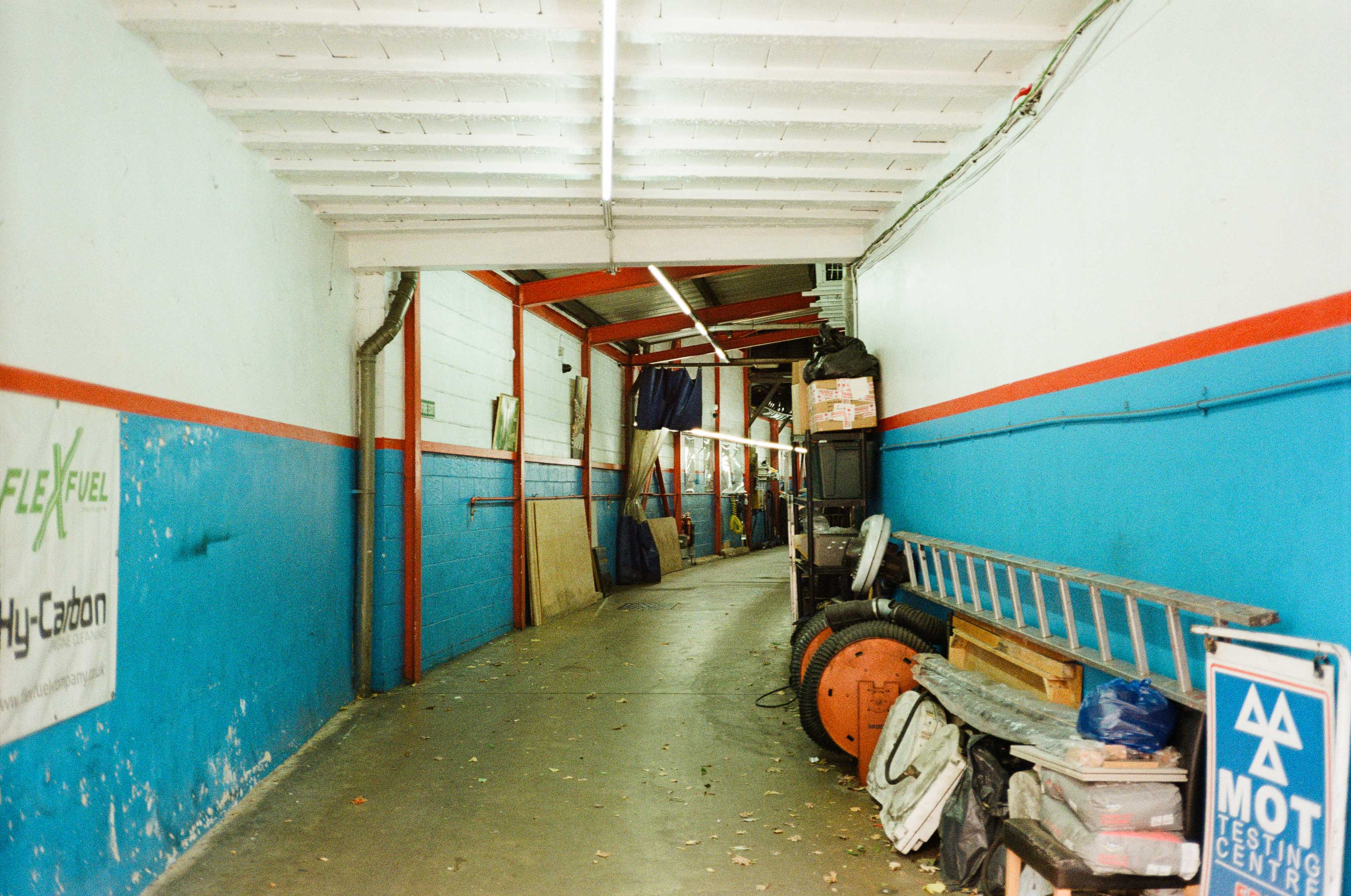
Connor Redmond | Yashica T4 | 35mm | Kodak Portra 160
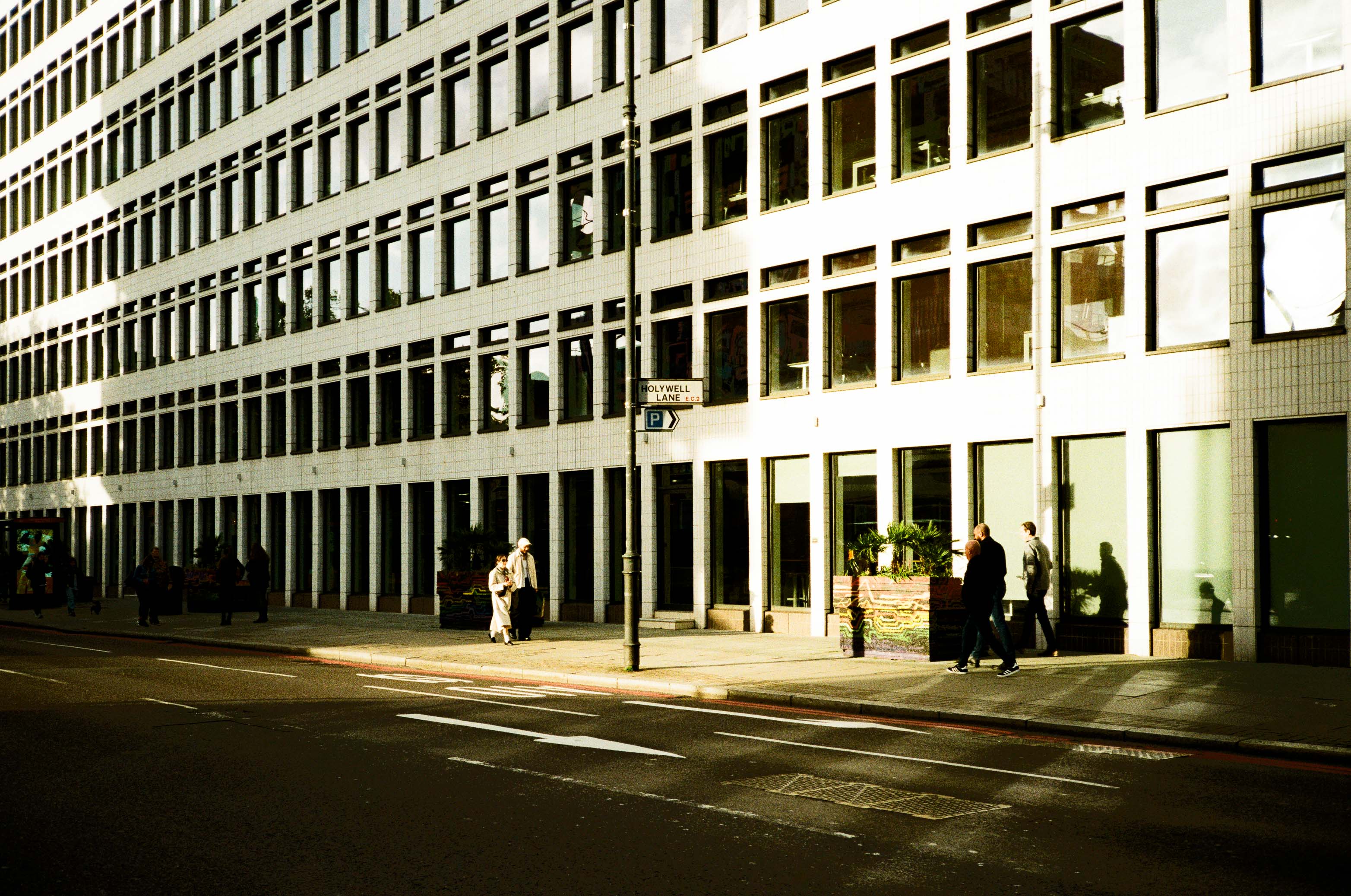
Connor Redmond | Yashica T4 | 35mm | Kodak Gold 200
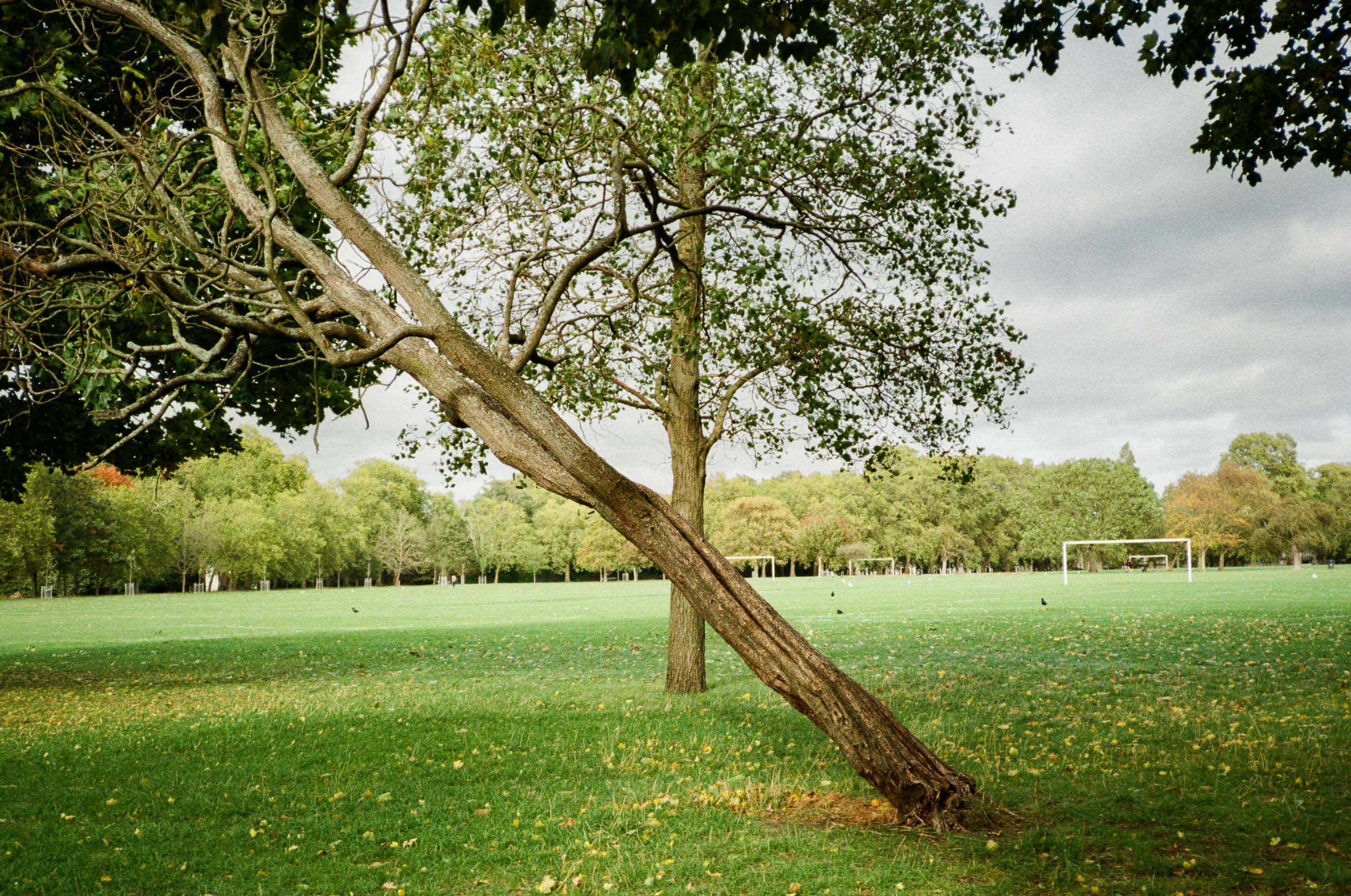
Connor Redmond | Yashica T4 | 35mm | Kodak Ultramax 400
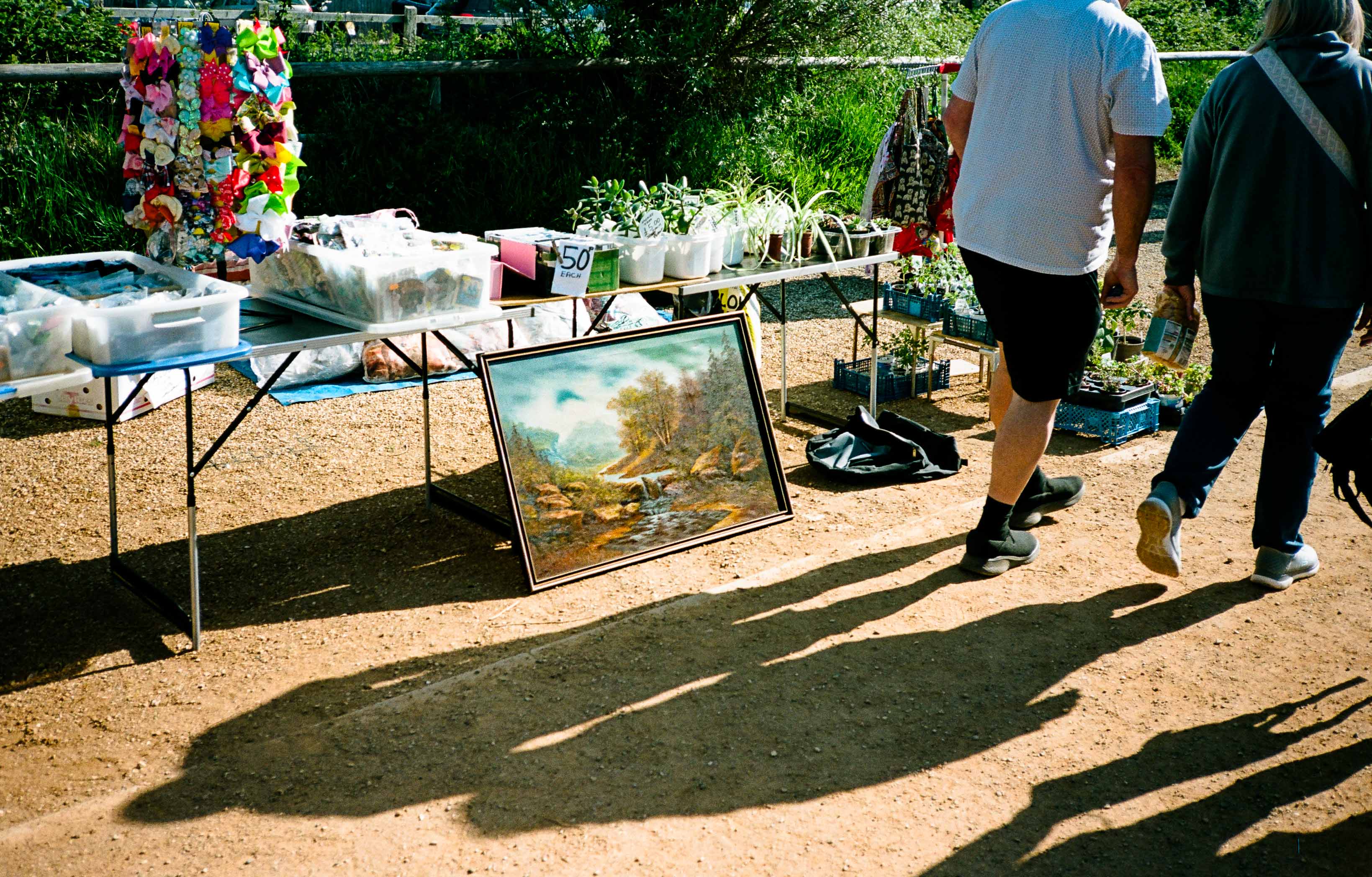
Connor Redmond | Yashica T4 | 35mm | Kodak Portra 160
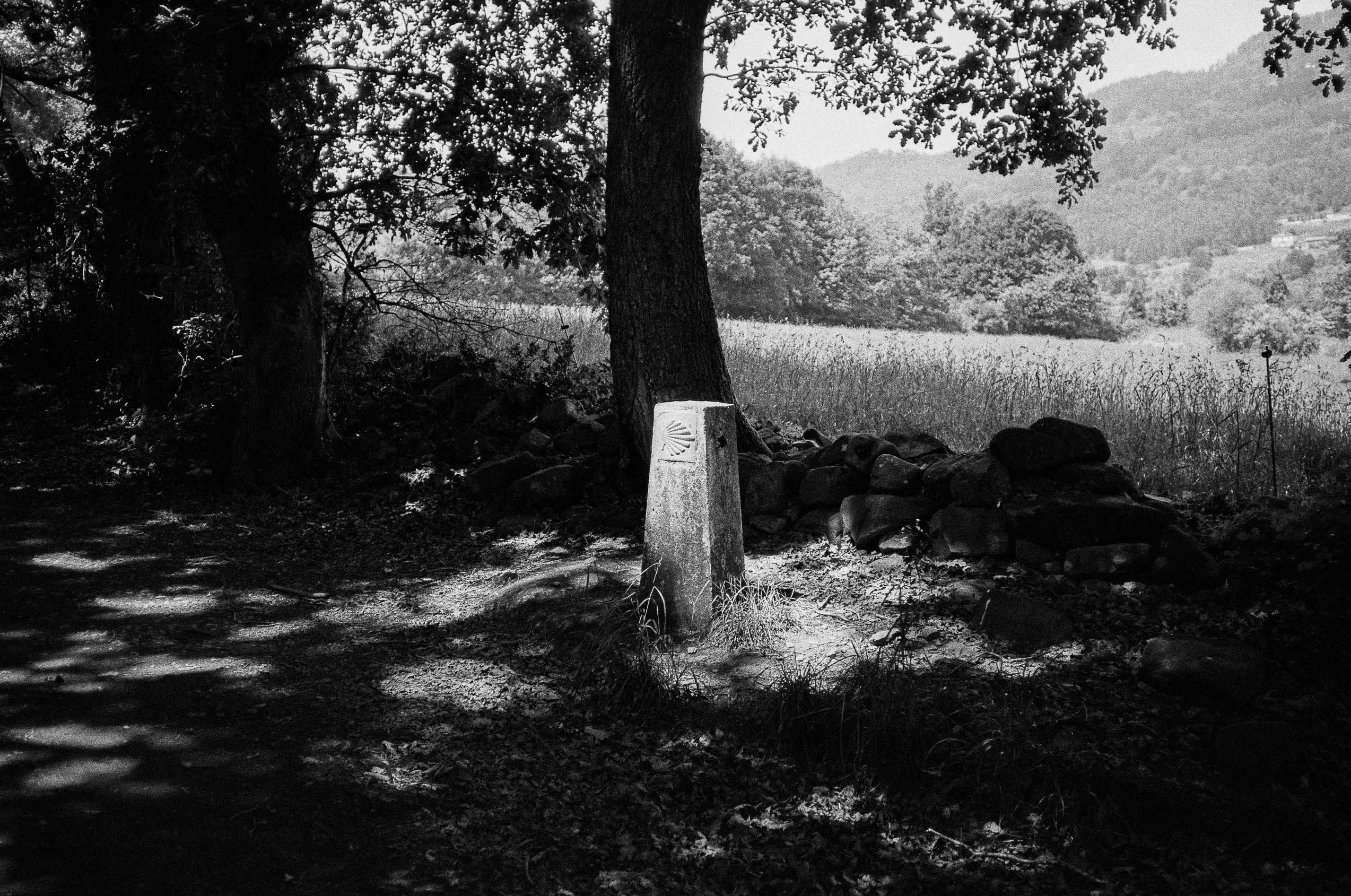
A camino stone pointing the way for pilgrims in black-and-white. By Connor Redmond.
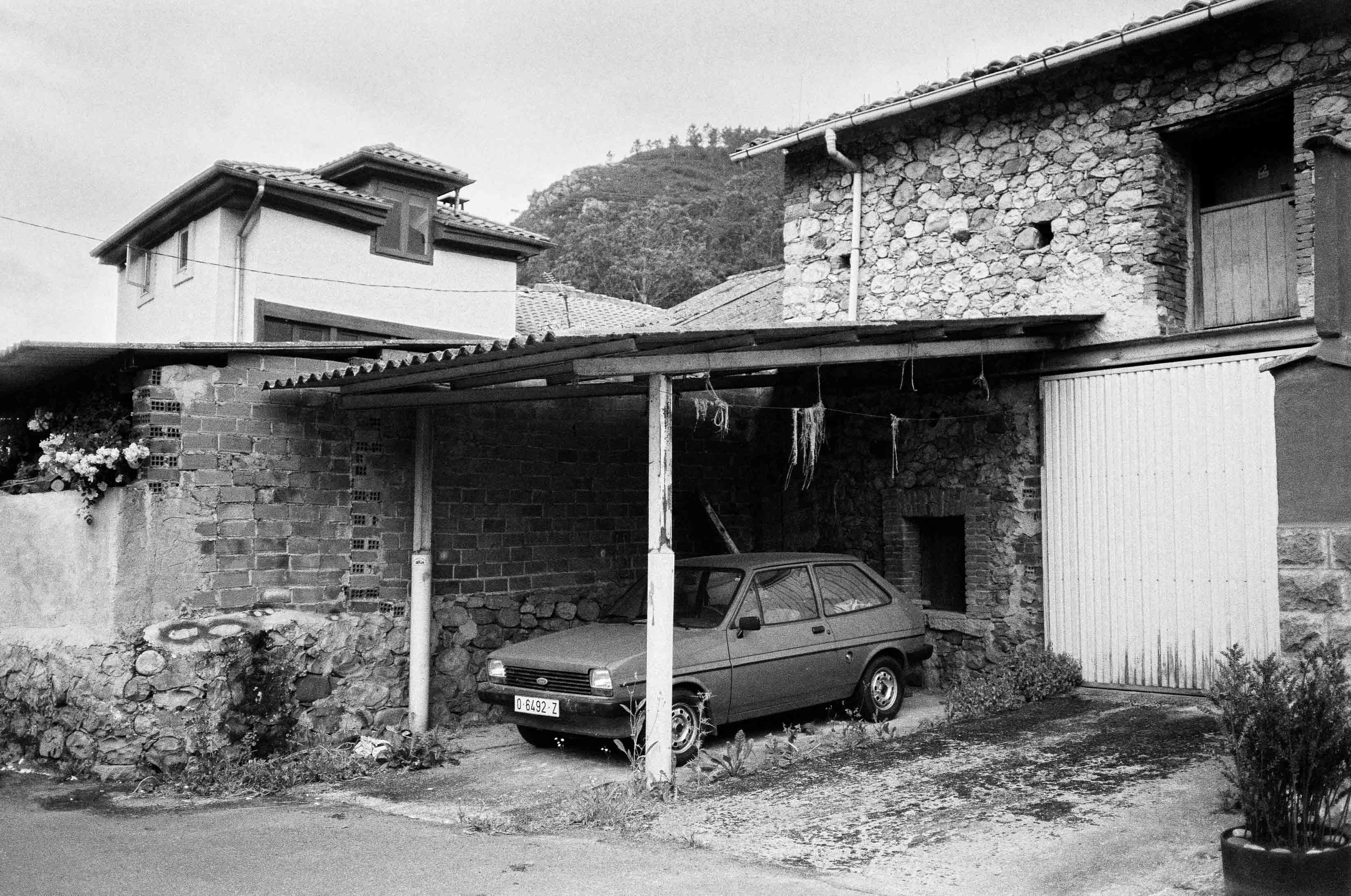
Connor Redmond | Yashica T4 | 35mm | Ilford Delta 100
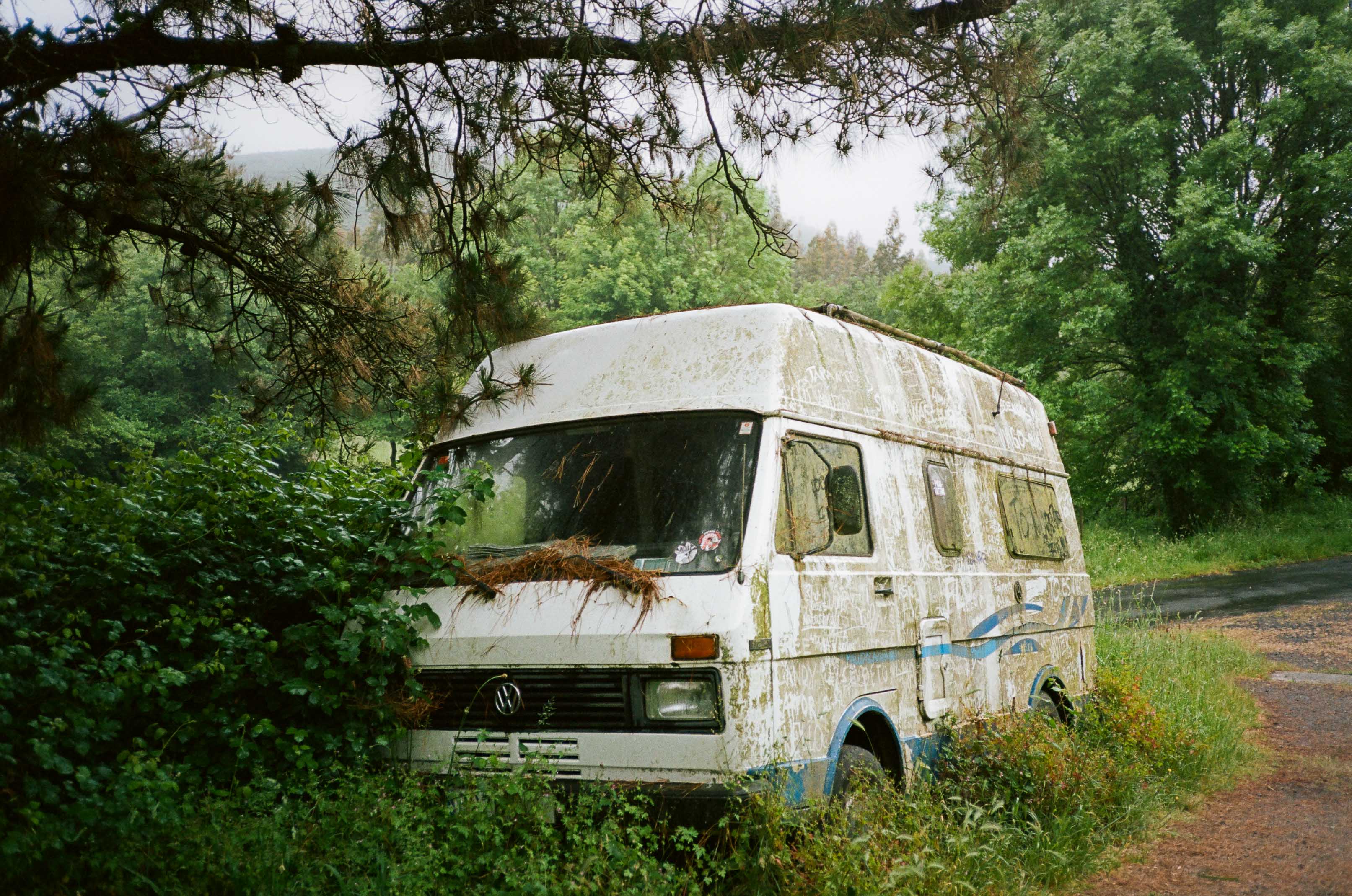
Connor Redmond | Yashica T4 | 35mm | Kodak Portra 160
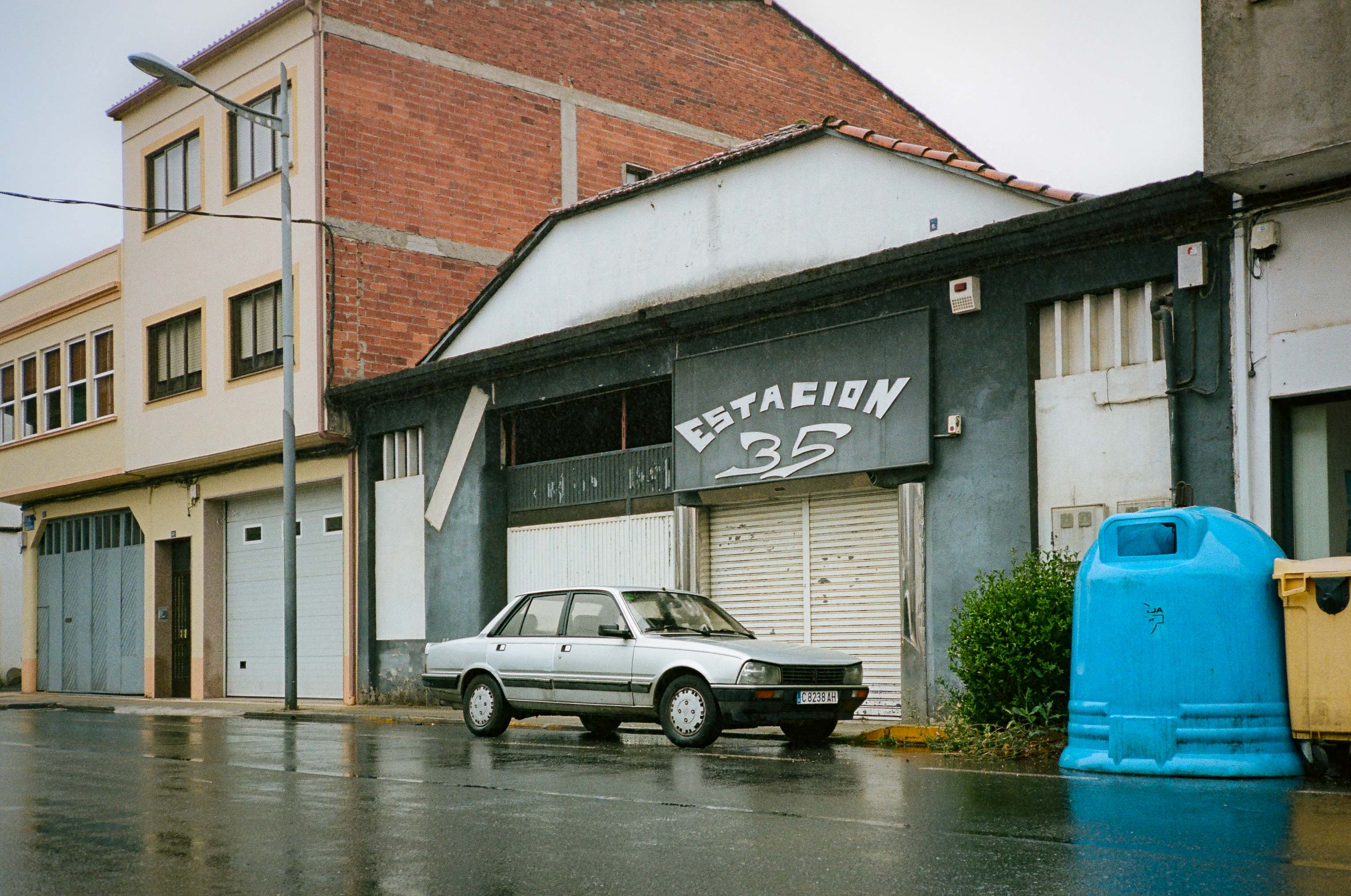
Connor Redmond | Yashica T4 | 35mm | Kodak Portra 160
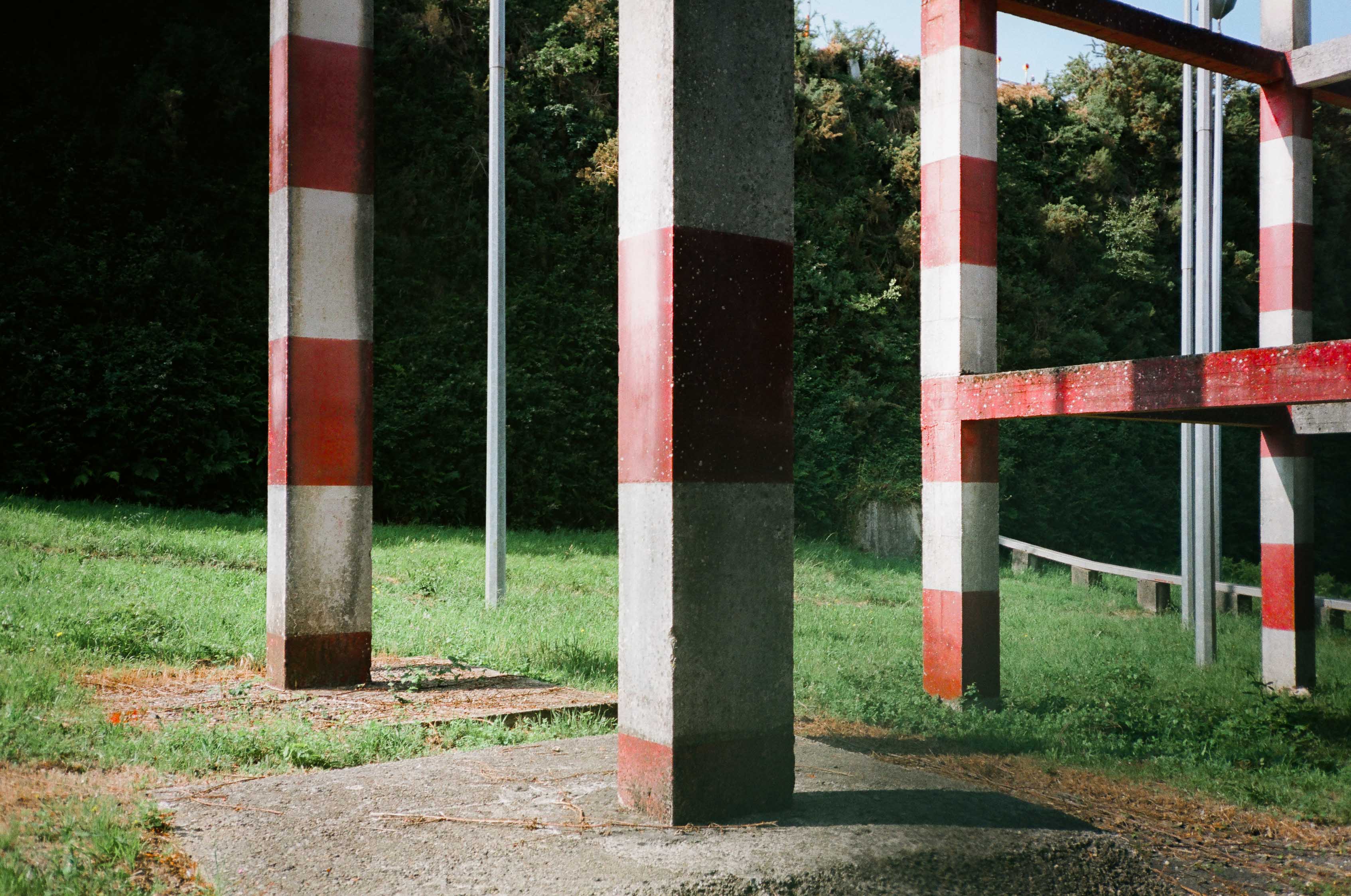
Connor Redmond | Yashica T4 | 35mm | Kodak Portra 160
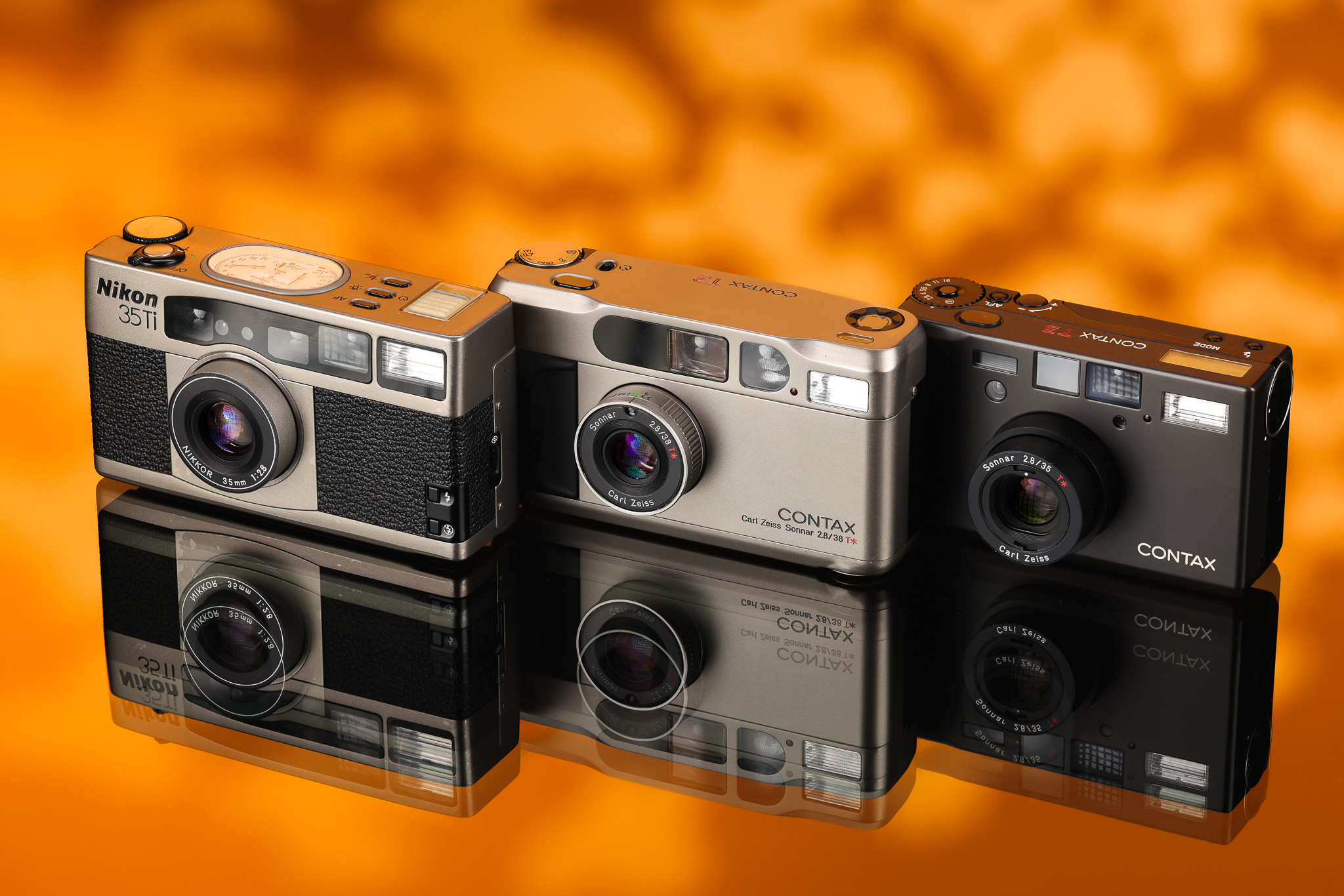
Used Nikon 35Ti, Contax T2 and Contax T3
Alternatives to the Yashica T4
The point-and-shoot category of camera back in the day was a popular one, which is good for us budding film photographers, because it means we have options. Here are some of the best alternatives to the Yashica T4.
Contax T2
There’s a reason I keep mentioning this Contax T2 camera. The Yashica T4 may be my personal favourite, but the Contax T2 is actually probably the best compact point-and-shoot camera ever made. It was also made by Kyocera and Carl Zeiss under the premium Contax brand.
The Contax T2 was released in 1991 with a premium design targeting the luxury and professional markets. It features an even better 38mm f/2.8 Carl Zeiss lens than the Yashica T4’s, praised for its exceptional ‘micro-contrast’ and sharpness.
The problem with the Contax T2 is that it is significantly bulkier and heavier than the Yashica T4. It definitely creates a bulge in the pocket. It has also become an incredibly sought-after item, and as such, you must now pay a premium for it. However, if you have cash to spare, then the Contax T2 is the only camera that surpasses the Yashica T4 in this category.
Ricoh GR1s
If you’re not fond of the 35mm focal length of the Yashica T4 and you’re a bit tired of all point-and-shoots being 35mm, may I interest you in a 28mm camera instead? Enter the much-loved Ricoh GR1s. Another premium camera from the 90s. This really was the peak era of the premium compacts, wasn’t it?
The Ricoh GR1s is a good alternative to the Yashica T4. It is roughly similar in price and performance, and has a very good f/2.8 lens that is sharp and contrasty. However, it does use old LCD screens that have been reported to be the first things to break on older cameras.
Nikon 35Ti
What a beautifully designed camera the Nikon 35Ti was. If you want just as much style as the Contax T2, if not more, then try to hunt down the legendary Nikon 35Ti. What other camera has analogue dials on the top? It looks so good and also serves a practical purpose as your exposure control.
Released in 1993, the Nikon 35Ti is an excellent alternative to the Yashica T4. It has a similarly brilliant lens but with a ton more exposure and focus control. So if you don’t want to let the camera do everything, seriously consider this camera.
Nikon also released a 28mm version called the Nikon 28Ti if you prefer a wider focal length. The difficulty with both of these alternatives is that they are hard to find and less available than the Yashica T4.

Connor Redmond | Yashica T4 | 35mm | Kodak Portra 160
Verdict: Is the Yashica T4 Worth It Today?
I love the pictures I have taken with my Yashica T4, despite one faulting on me. I love the camera's pocketability, the flash's ability to add a punch to an image, and the way the lens renders. I even love the plasticy body design, though—it does feel a little brittle, I’ll admit. I love how it nails exposure almost effortlessly. I just love how simple and fun it is to use. There is no other compact 35mm film camera I would rather own than the Yashica T4. I can’t afford the inaccessible prices of the Contax T2, which might be the only other compact I would like to own, but not for that price. For me, even with its prices rising, the Yashica T4 is still worth it.
Read more camera gear guides on the MPB content hub.
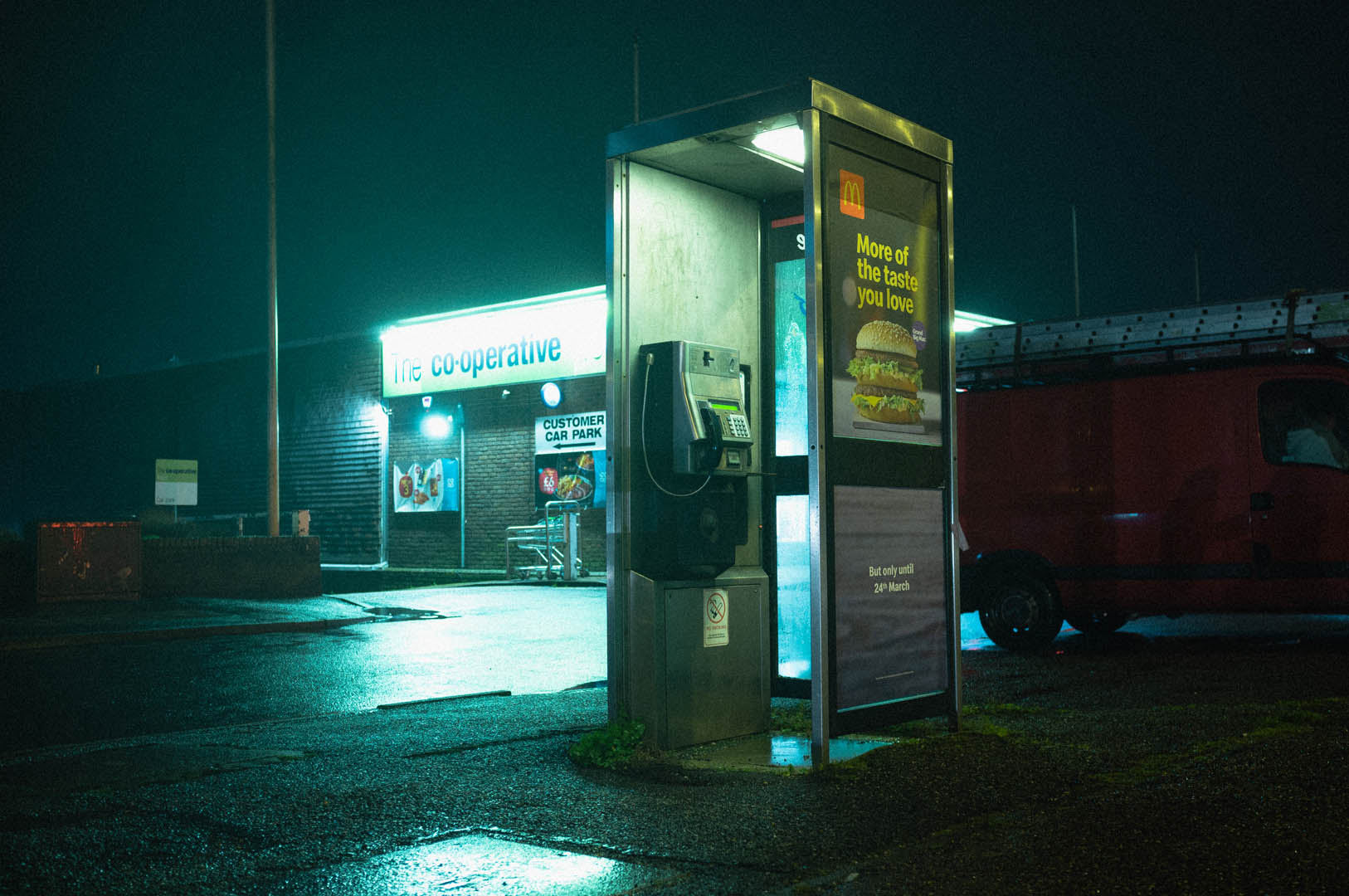
Selects: Top 10 Digital Cameras for Film-like Photography
Explore top digital cameras for film-like photography. Discover the best gear for various genres and brands, and learn why each might be right for you.
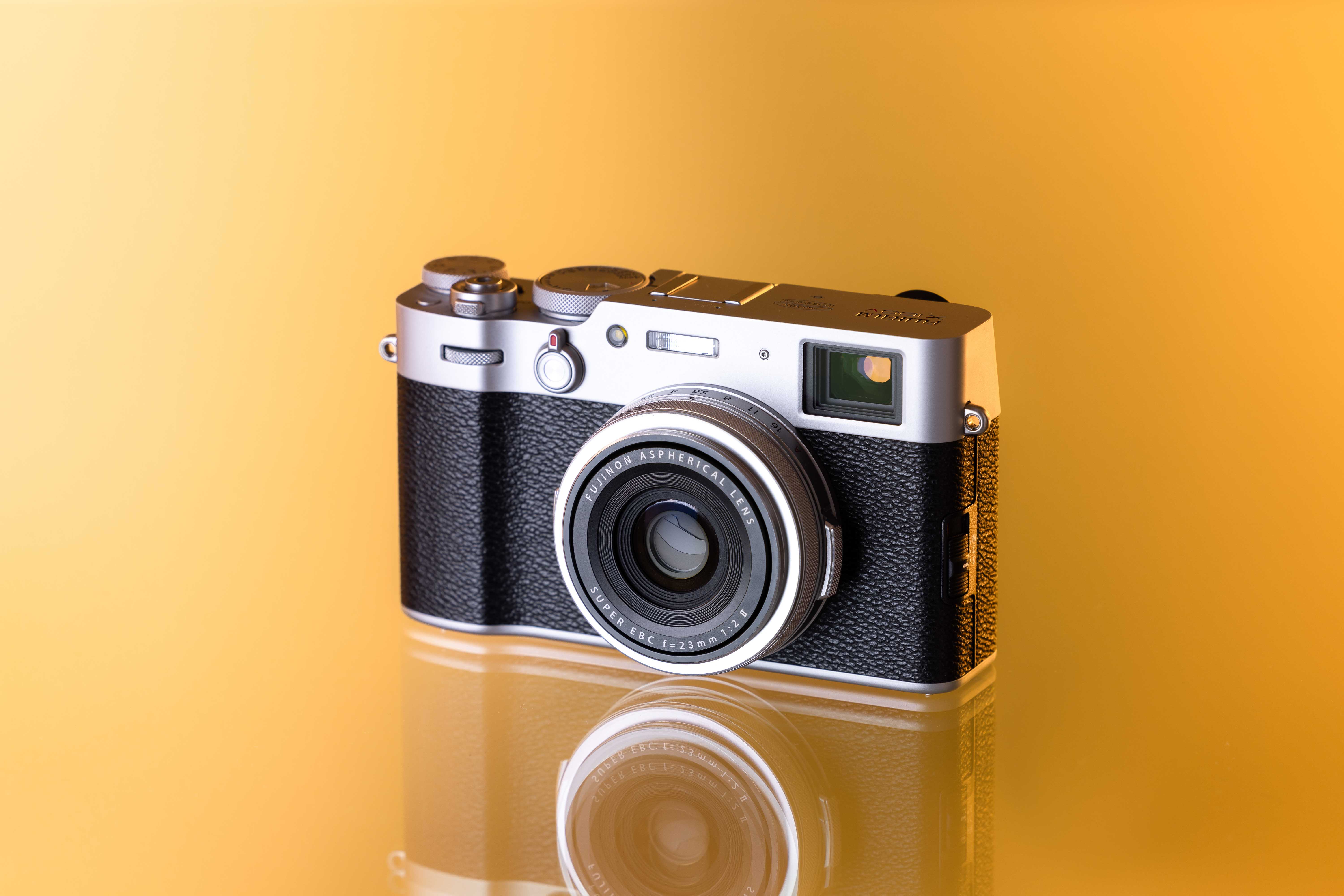
Best Compact Travel Cameras
Take a look at our top recommended compact travel cameras with the specs, benefits and drawbacks of each option.
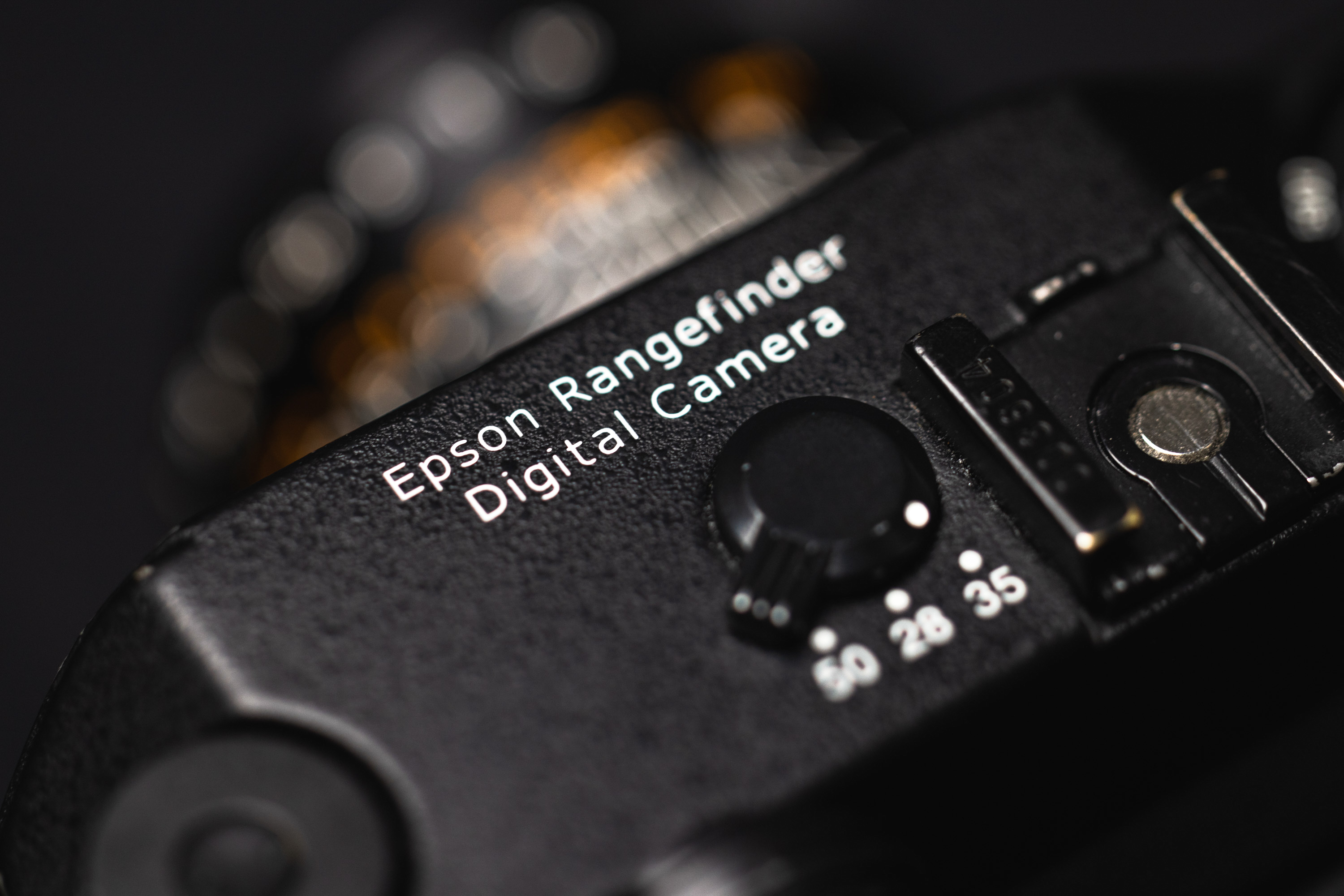
Epson R-D1 CCD Rangefinder Review
The Epson R-D1, released in 2004, was the world's first digital rangefinder camera. See how it holds up today and read our Epson R-D1 review.